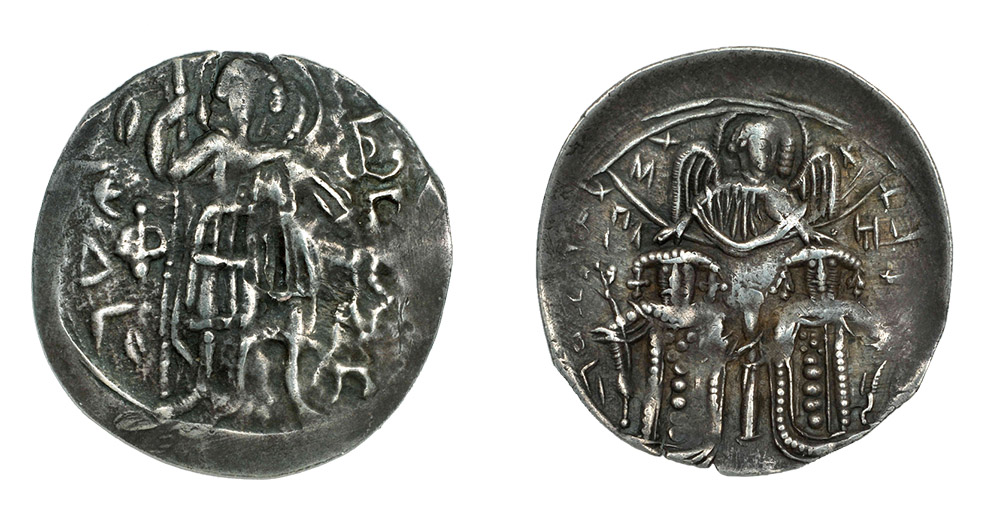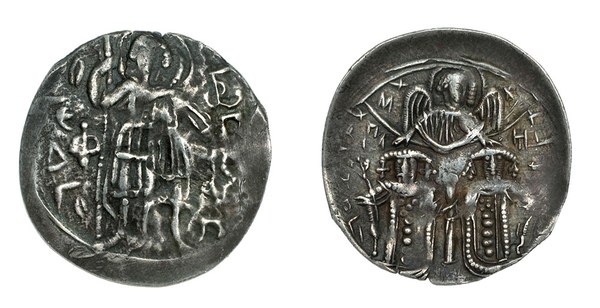Byzantine currency spans more than a thousand years and was produced in several mints geographically scattered throughout the Empire and consisted of gold, silver, and copper coins. While earlier coins were struck in various provincial mints, like Ravenna or Syracuse, after the ninth century, Constantinople was the sole mint for two centuries. Between the twelfth and fourteenth centuries, autonomous local rulers operated mints in their regions, in cities such as Trebizond and Thessaloniki. Byzantine coins have attracted the attention of collectors and scholars throughout the twentieth century, for both their refined craftsmanship and the wealth of information they offer, on finances, politics, religion, and art, that is, for society as a whole at any given time.
Dumbarton Oaks is honoring Dr. Cécile Morrisson, an eminent Byzantine historian and numismatist, who served as Advisor for Byzantine Numismatics for twenty years. In this half-day event, students and friends honor Cécile Morrisson and her contributions to the cataloguing of the Byzantine coin collection at Dumbarton Oaks.
Speakers:
Alicia Walker (Bryn Mawr College), “Animal Identities in Middle Byzantine Lead Seals: An Art Historian’s Perspective”
Jakub Kabala (Davidson College), “Coins and Seals in Byzantine Space: Lessons for a Historian”
Pagona Papadopoulou (Aristotle University of Thessaloniki), “The Byzantine Mint and Its Products”
Susan Boyd (Former Curator of the Byzantine Collection, Honorary Associate of Dumbarton Oaks), “The Challenge of Mounting a Coin Exhibition: Tiny Objects with Incomparable Information”

